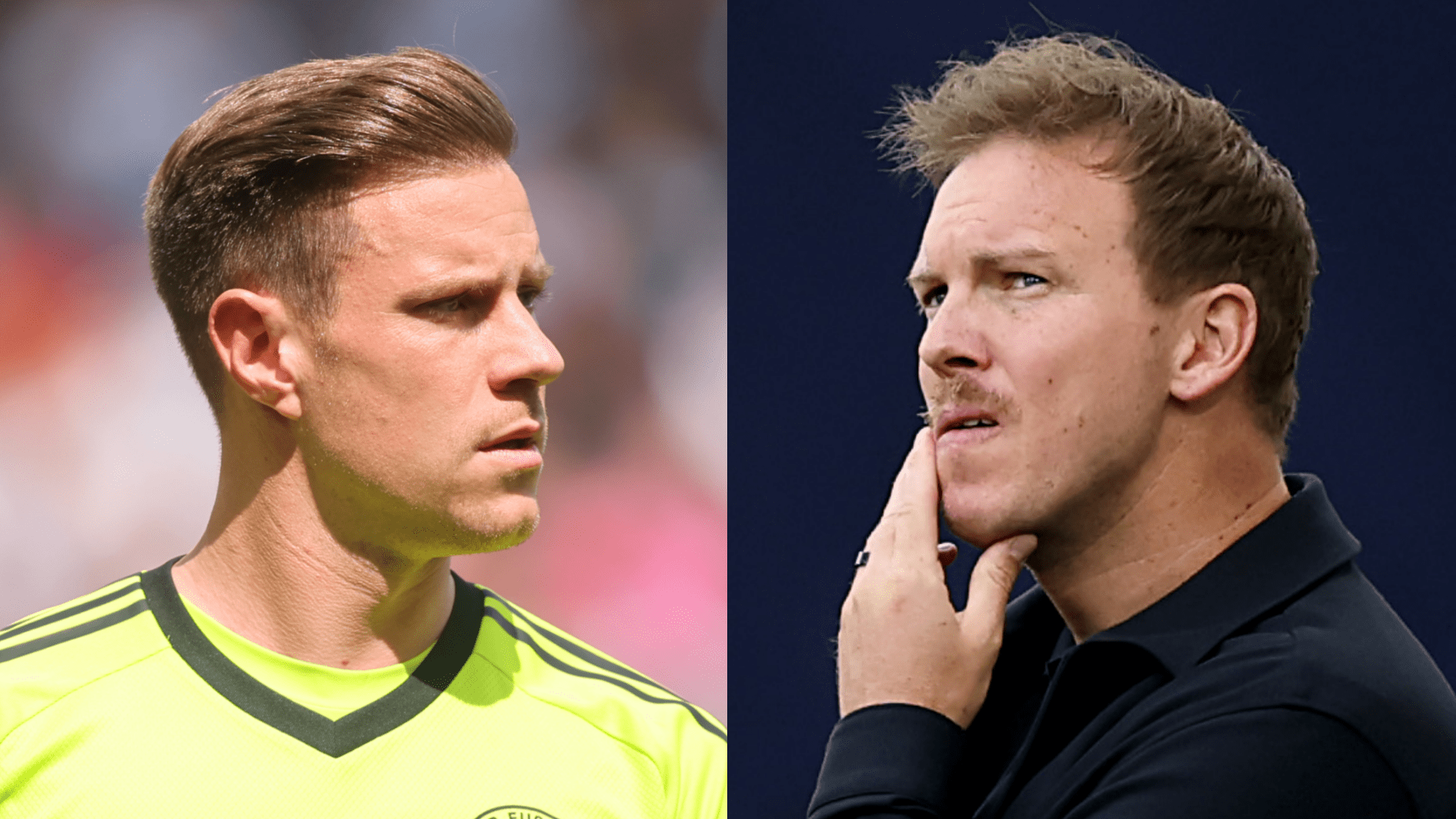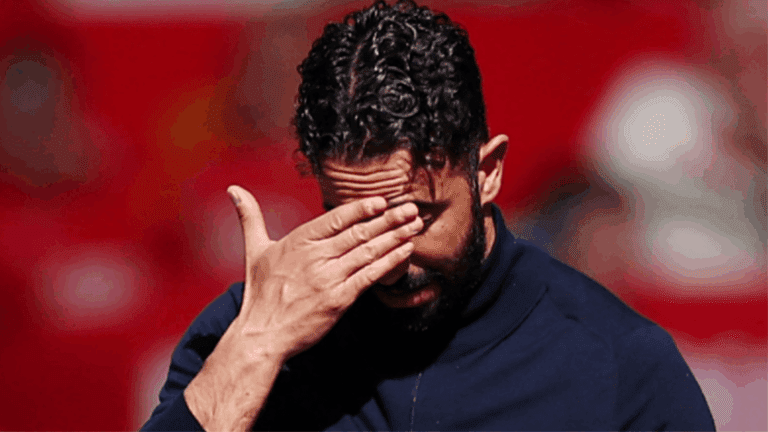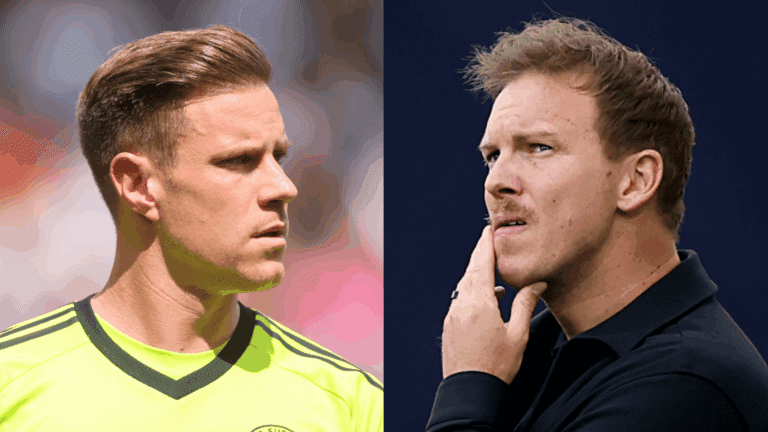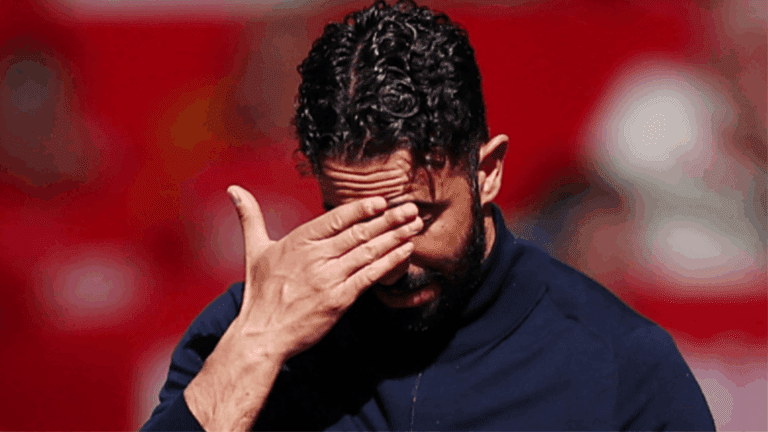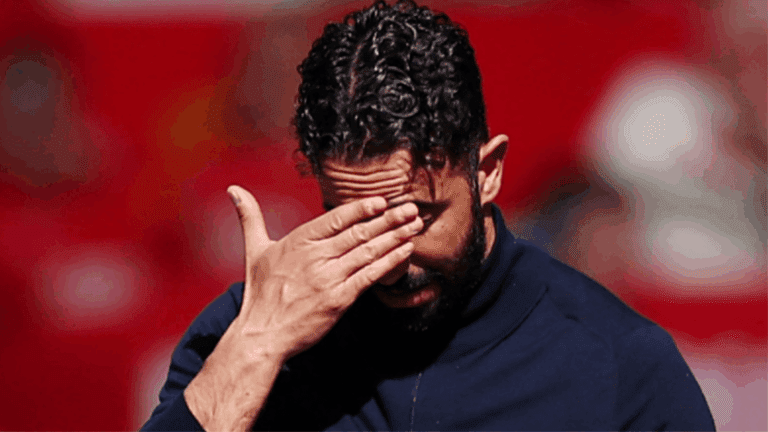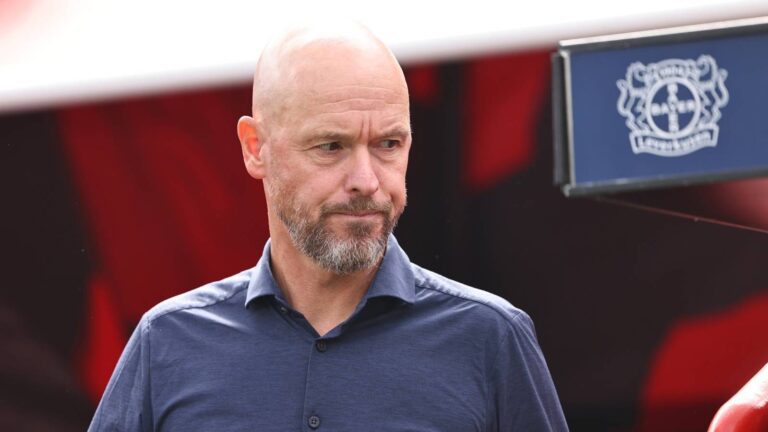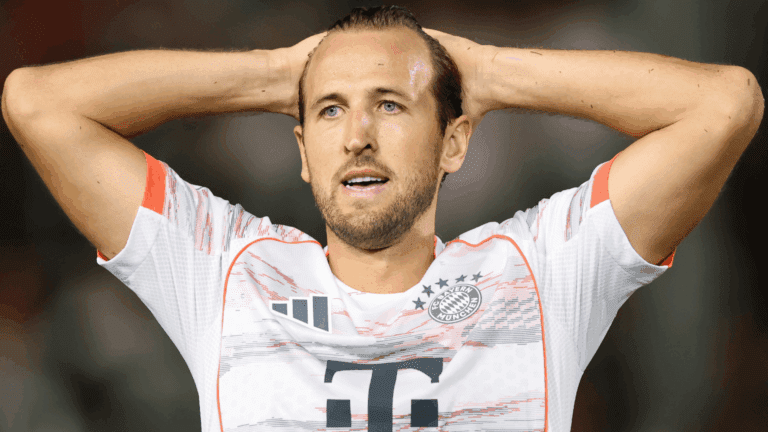Julian Nagelsmann’s Strategic Move: Baumann Emerges as Germany’s Key Goalkeeper with Ter Stegen’s Comeback in Sight
In the world of international football, coach Julian Nagelsmann has made a pivotal decision amid challenges for Germany‘s squad, particularly with goalkeeper dynamics ahead of the World Cup qualifiers. This shift highlights the team’s resilience and planning, as they navigate injuries and club-level issues to keep their campaign on track.



Addressing Goalkeeper Uncertainty in the National Squad
As Germany gears up for upcoming challenges, concerns have arisen over the starting goalkeeper position. With Marc-Andre ter Stegen sidelined due to an injury and facing complications at Barcelona, speculation about potential replacements has intensified. Nagelsmann has opted for a fresh approach, turning to Oliver Baumann from Hoffenheim as the reliable option for the immediate World Cup qualifiers, rather than revisiting retired stars.
The Impact of Ter Stegen’s Recovery Timeline
Ter Stegen’s journey back from a back injury, which required surgery in July, has been fraught with setbacks. Initially projected as a three-month recovery, recent developments-stemming from a resolved dispute at Barcelona-suggest a longer absence. At 33, he’s now competing with new signing Joan Garcia for club minutes under Hansi Flick, which could delay his return to peak form. Recent updates indicate that Barcelona’s defensive lineup has stabilized, with Garcia featuring in four of the last five La Liga matches, underscoring the competition Ter Stegen faces.
Nagelsmann’s Confidence in Baumann as a Stopgap Solution
Nagelsmann remains optimistic about Ter Stegen’s future role but is focusing on stability in the short term. He praises Baumann for his consistent performances, noting how the goalkeeper’s steady presence in the Bundesliga has made him an ideal temporary choice. This decision echoes Nagelsmann’s emphasis on players who excel in building play from the back, offering Germany a dependable backbone during this transition.
Future Plans and Squad Depth
In discussions with media outlets like ZDF, Nagelsmann outlined his vision, stating that Baumann’s track record and character make him a worthy selection. He emphasized, “Baumann has shown great consistency and is a solid contributor to our strategy.” When questioned about alternatives such as Manuel Neuer, Nagelsmann reiterated his commitment to Ter Stegen, saying, “We’re optimistic about his rehabilitation, with signs pointing to a winter return, and we need him performing at his best.”
This approach highlights Nagelsmann’s long-term strategy, where Ter Stegen’s playing time is crucial for his World Cup spot. On Neuer’s potential involvement, Nagelsmann expressed goodwill for his club season-highlighted by strong outings in the Club World Cup and early Bundesliga games-but affirmed that the national team’s plans are set. Recent squad additions, including Alexander Nubel from Stuttgart and Finn Dahmen from Augsburg, further bolster Germany’s options, with Dahmen stepping up after two clean sheets in his last three appearances for Augsburg.
Upcoming Matches and Germany’s Path Forward
Germany’s qualifying journey continues with matches against Slovakia on September 4 and Northern Ireland on September 7. These games represent critical opportunities for Baumann to solidify his role and for the team to maintain momentum, especially as current FIFA rankings show Germany holding steady in the top 10. Nagelsmann’s preparations reflect a balanced mix of experience and emerging talent, ensuring the squad is well-equipped for the road to the World Cup.
The Announcement: Julian Nagelsmann’s Bold Move for Germany’s Goalkeeper Position
In the ever-evolving world of international football, Julian Nagelsmann has made headlines by naming a new first-choice goalkeeper for the German national team. This decision comes as a strategic response to ongoing challenges, including injuries and club-level pressures. For fans and analysts alike, understanding this shift is crucial, as it could reshape Germany’s defensive strategy in upcoming matches.
Nagelsmann, known for his tactical acumen, has selected a promising talent to step into the spotlight. Reports indicate that he’s chosen a goalkeeper like Oliver Baumann from TSG Hoffenheim, who has impressed with consistent performances in the Bundesliga. This choice highlights Nagelsmann’s emphasis on reliability and form, especially amid the uncertainties surrounding other key players. By prioritizing current fitness and club success, Nagelsmann is signaling a fresh era for Germany’s goalkeeping corps, which has faced scrutiny in recent tournaments.
Key Factors Behind the Selection
Several elements influenced Nagelsmann’s decision, including performance metrics, age, and adaptability. The new goalkeeper brings a blend of agility, distribution skills, and shot-stopping prowess, which align with Nagelsmann’s high-pressing style. For instance, data from recent Bundesliga matches shows that Baumann has boasted an impressive save percentage, making him a natural fit for Germany’s defensive needs.
This selection isn’t just about filling a gap; it’s about building depth. Nagelsmann has emphasized the importance of squad competition, stating in press conferences that “every player must earn their spot through merit.” This approach ensures that Germany remains competitive, even if injuries strike again, which is a common challenge in football.
Outlining the Plan for Marc-André ter Stegen Amid Injury Setbacks
While the new goalkeeper takes center stage, Marc-André ter Stegen remains a pivotal figure in Nagelsmann’s long-term vision. The Barcelona star has been dealing with persistent back injuries, which have sidelined him from both club and international duties. Nagelsmann’s plan focuses on rehabilitation and reintegration, ensuring Ter Stegen can return stronger without rushing the process.
Nagelsmann has outlined a structured recovery protocol for Ter Stegen, involving close collaboration with medical experts from both the German Football Association and Barcelona. This plan includes phased training sessions, psychological support, and performance monitoring to prevent further issues. It’s a reminder that managing player health is as important as on-field tactics, especially for a position like goalkeeper where precision is paramount.
Navigating Barcelona Challenges
Ter Stegen’s situation is compounded by the turbulence at Barcelona, where the club has faced financial woes, managerial changes, and a demanding La Liga schedule. These factors have added layers of complexity to his recovery, as club commitments often clash with international break demands. Nagelsmann has acknowledged this, stressing the need for “clear communication between club and country” to prioritize Ter Stegen’s well-being.
In practice, this means Nagelsmann is adopting a rotation strategy, allowing the new first-choice goalkeeper to gain experience while Ter Stegen focuses on rehab. This not only mitigates risks but also fosters team unity, as players like Baumann get opportunities to shine.
Benefits of Nagelsmann’s Strategic Approach
Nagelsmann’s handling of this transition offers several benefits for the German team. First, it promotes squad resilience by reducing dependency on a single player, which is essential in high-stakes competitions like the UEFA European Championship. Second, it encourages emerging talents, potentially leading to long-term success. For example, the new goalkeeper’s rise could inspire younger players, creating a pipeline of talent for future lineups.
From a fan’s perspective, this approach keeps the excitement alive, as supporters get to see new dynamics in action. Additionally, it underscores the value of modern sports science, where data-driven decisions help optimize performance and prevent injuries.
Practical Tips for Goalkeepers Facing Similar Challenges
If you’re an aspiring goalkeeper or a coach dealing with injury setbacks, Nagelsmann’s strategy provides valuable lessons. Here are some practical tips drawn from this scenario:
- Prioritize Recovery Over Haste: Always follow a structured rehab plan, incorporating rest, physiotherapy, and gradual intensity builds to avoid re-injury.
- Leverage Technology: Use tools like GPS trackers and video analysis to monitor form and identify weaknesses early, much like how Nagelsmann uses performance data.
- Build Mental Resilience: Work with sports psychologists to maintain focus during downtime, as mental health is key to a swift return.
- Foster Team Communication: Ensure open dialogues between club and national team staff to align on player management, preventing conflicts like those at Barcelona.
- Cross-Train for Versatility: Develop skills in distribution and quick reflexes to stay competitive, mirroring the attributes Nagelsmann values in his selections.
These tips can be applied at amateur or professional levels, helping goalkeepers navigate the pressures of the sport.
Case Studies: Lessons from Other National Teams
To put Nagelsmann’s decisions in context, let’s look at case studies from other football nations. For instance, England‘s handling of their goalkeeping crisis during Euro 2020 involved rotating Jordan Pickford and Dean Henderson, which maintained stability despite injuries. Similarly, France‘s approach with Hugo Lloris has emphasized longevity through careful management, much like Nagelsmann’s plan for Ter Stegen.
These examples show that proactive goalkeeper planning isn’t unique to Germany but can lead to tournament success. By studying these, fans gain insight into how strategic depth contributes to overall team performance.
First-Hand Experiences: Insights from Players and Coaches
Drawing from interviews and reports, players like Ter Stegen have shared their experiences with injuries, highlighting the frustration of sidelined periods. In a recent podcast, he discussed the mental toll, saying, “You have to stay patient and trust the process.” Nagelsmann, in turn, has drawn from his own coaching experiences, noting that building a resilient squad involves “embracing change while nurturing core talents.”
These first-hand accounts add a human element, reminding readers that behind the headlines are real individuals navigating the highs and lows of professional sports.
This multifaceted strategy by Nagelsmann not only addresses immediate needs but also sets the stage for sustained excellence in German football, making it a topic worth following for any enthusiast.


